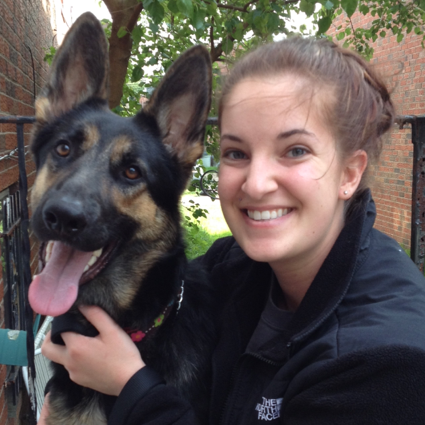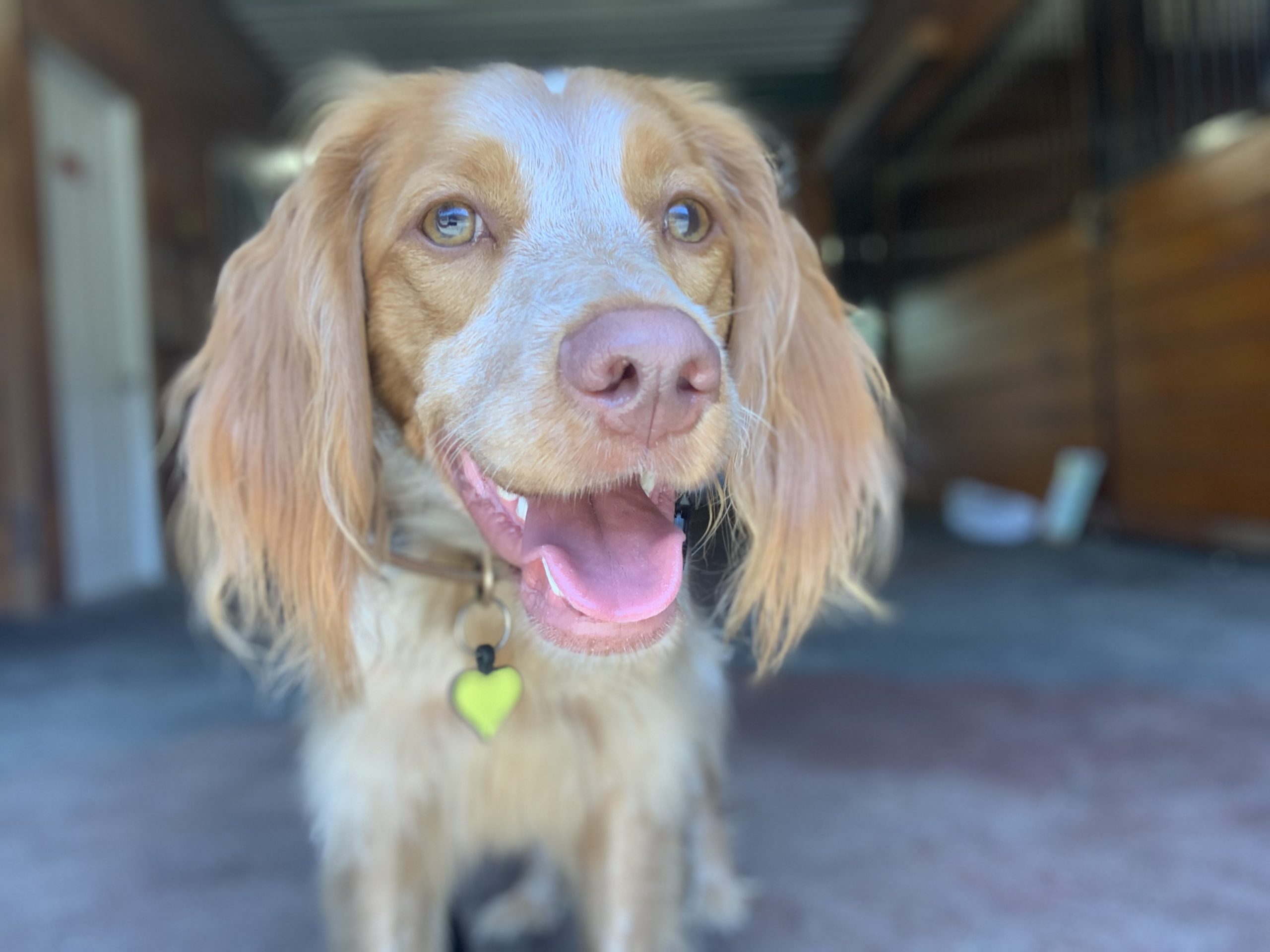Resource guarding takes place when a dog shows aggressive behavior when in possession or attempting to gain possession of something that they have decided is valuable. Resource guarding is not abnormal behavior and, in most cases, it is extremely manageable. Some commonly guarded items include food, toys, bones, water bowls, stolen objects, their owners, physical space, mates, and crates. The list does not stop here though! Dogs can guard anything, such as an area of grass, a hole dug in the dirt, their leash, or any combination of the above. Dogs will guard these items from people, other dogs, and other species.
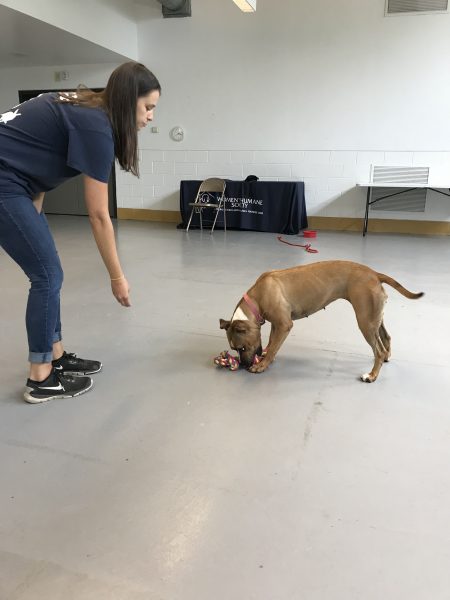
When dogs show resource guarding, they show it in components of ritualized aggression. Every dog is different, but a common progression is freezing up, hard staring, speed increase, growl, showing teeth, snapping, muzzle punching, and lastly an inhibited bite. An inhibited bite is when there is no damage done; this means that the dog has acquired a bite inhibition (Donaldson 5). If your dog starts to exhibit guarding behaviors through ritualized aggression, it is time to call in a trainer. The methods we use to work with dogs that show guarding behaviors are called desensitization and counterconditioning. These are terms that you may have heard from the training world.
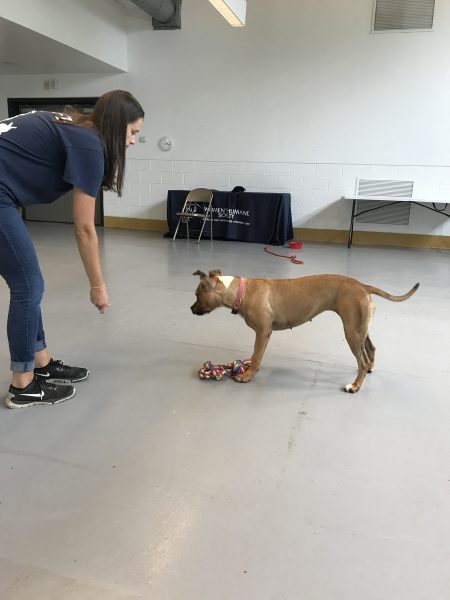
If your dog has mild resource guarding tendencies, here are some tips to work on this behavior:
- The first question to ask yourself is if you should be using a muzzle or a tether. It depends on how clearly the dog’s cues are and how confident you reading these cues. I would rather be safe than sorry and usually opt to start on a tether.
- Make sure you are starting training below the dog’s guarding threshold. If your dog guards plush toys but not balls, you will start the training session with balls. The same goes for a full food bowl versus an empty food bowl.
- In this scenario, let’s go through the first couple steps of a dog that has object guarding:
- My dog is tethered and has an object that they do not guard. I have found a high value treat for my dog and have it on hand for later steps.
- Approach the unguarded object from five steps away, take the object away and give them a treat. Give the object back and walk away. Repeat this step multiple times varying the direction and distance I approach them at, the time in between approaches, and how quickly I give the dog a treat.
- Next, repeat step 1, but now you would do it with an object with the lowest level of guarding. Approach the dog and hand the object to the dog, but not completely. When the dog’s mouth touches the object, praise and give a high-value treat. Slowly increase the duration that the object is in the dog’s mouth. Repeat this step multiple times; varying the direction and distance that you approach them from and the time between approaches.

Impulse control, basic obedience commands, physical stimulation, and mental stimulation play a huge role in treatment. Management will be the most important step to work with resource guarding. Management means preventing problems before they arise and having tools ready in case they do arise.
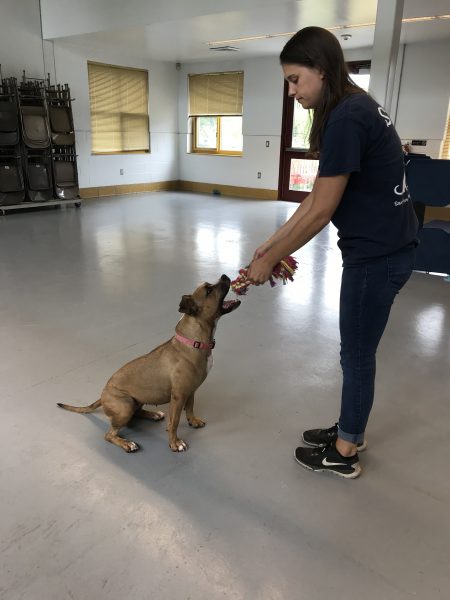
You always want to make sure you have high-value treats or toys around if there is an emergency situation. If an emergency situation does occur, toss as many high-value treats as it takes across their eye line to make them move. When the dog is far enough away that you feel safe to grab the stolen object, grab the object quickly and hide it. You can replace it with an object they are allowed to have.
[References: Donaldson, Jean. Mine. Jean Donaldson, 2002.]
[All photos courtesy of Lindsay Root, trainer for Philly Unleashed.]

